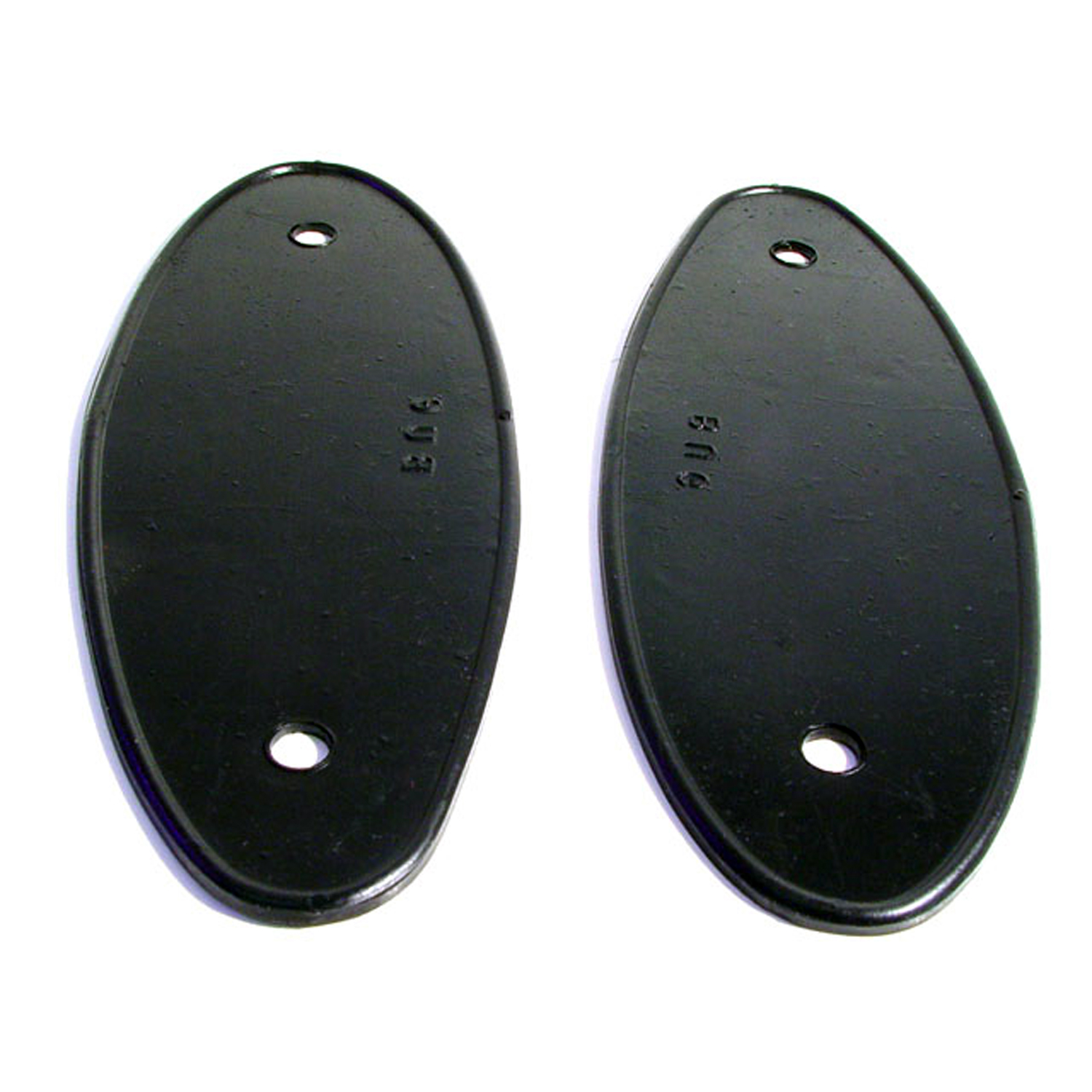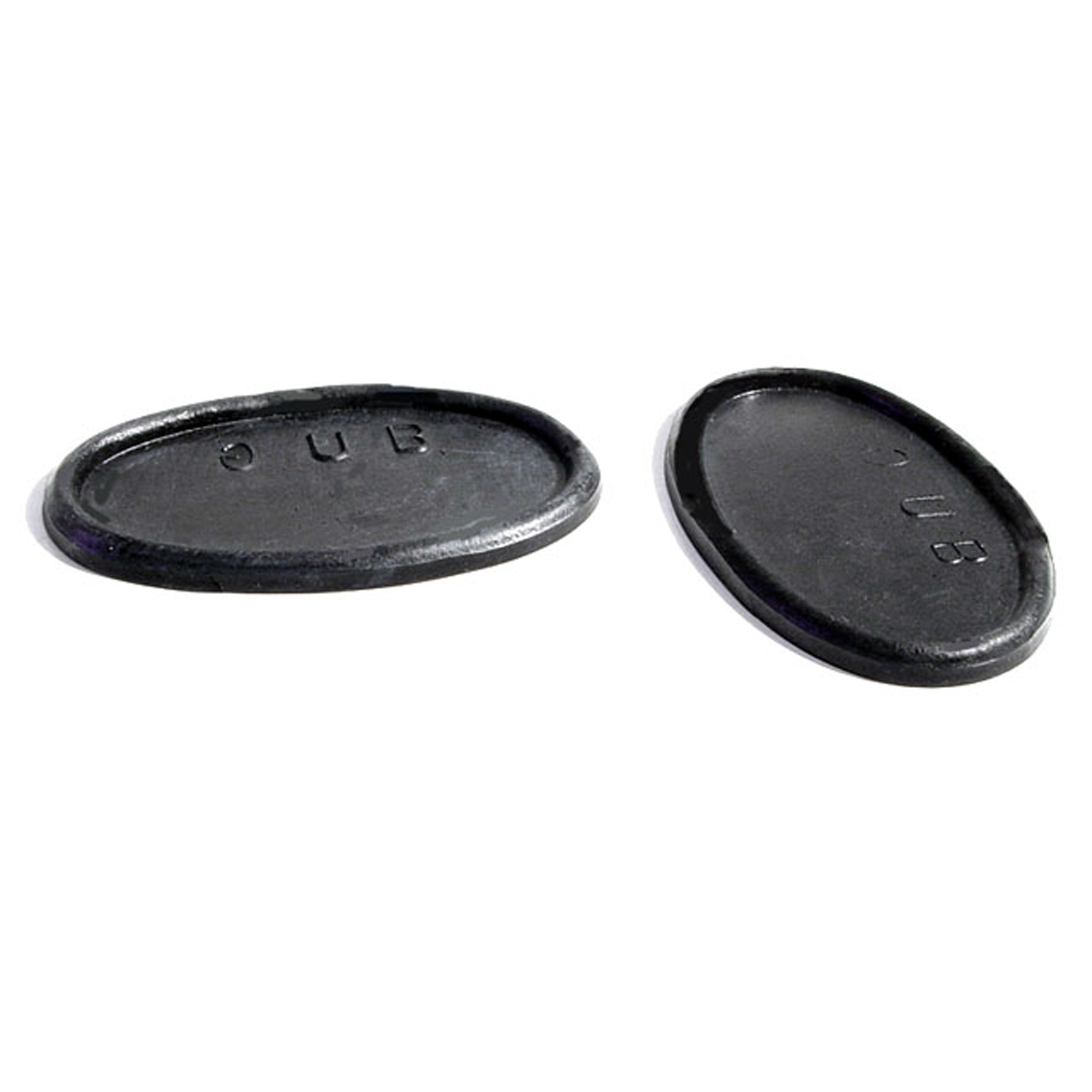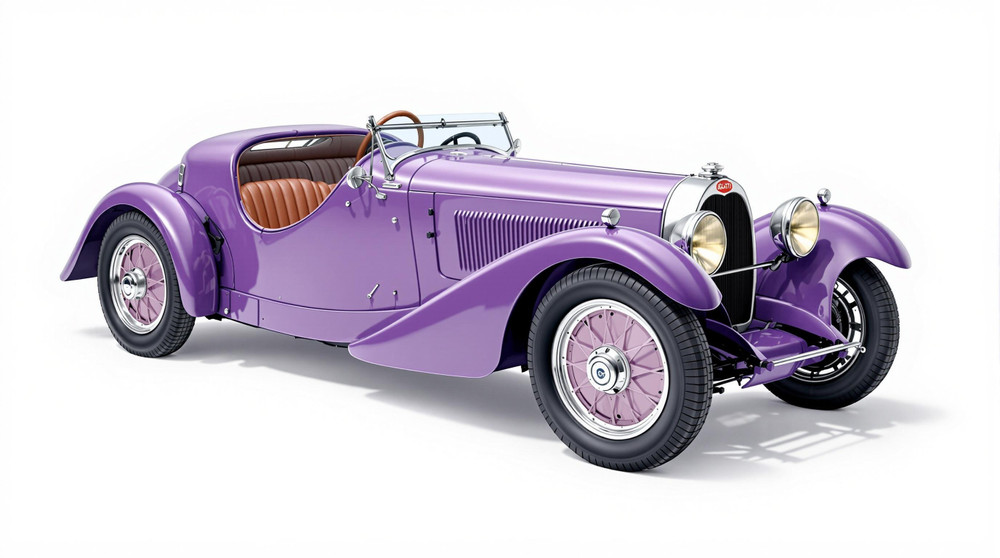Image of 1927 Bugatti Type 40/40a, Note: These illustrations use artistic license and may differ from actual historical models.
Performance Metrics
Fundamental Metrics
Emotional Appeal
MMP Rating
| Engine Specifications | |
|---|---|
| Engine: | Inline 4 |
| Displacement: | 1.5L |
| Horsepower: | 40-50 HP |
| Torque: | Not available |
| Compression Ratio: | Not available |
| Ignition System: | Magneto ignition |
| Cooling System: | Water-cooled |
| Performance Specifications | |
| 0-60 Time: | Not available |
| 1/4 Mile Time: | Not available |
| Top Speed: | 75 mph |
| Transmission and Drive | |
| Drive Type: | Rear-wheel drive |
| Transmission Type: | 4-speed manual |
| Fuel and Efficiency | |
| Fuel System Type: | Carburetor |
| MPG: | Not available |
| Dimensions and Brakes | |
| Brakes: | Mechanical drum brakes |
| Wheelbase: | 2,800 mm |
| Weight: | 850 kg |
Note: Specifications for classic cars are given to the best of our ability, considering the limited and variant data available.
Unveiling the Elegance of the 1927 Bugatti Type 40/40a
The 1927 Bugatti Type 40/40a stands as a testament to the golden age of automotive craftsmanship, a period when cars were not merely modes of transportation but rolling works of art. Born from the genius of Ettore Bugatti, this model encapsulates the brand's commitment to performance and elegance. With its origin in Molsheim, Alsace, the Type 40/40a was Bugatti's answer to a growing clientele that demanded both luxury and practicality. A notable moment in its history is its participation in various endurance races, showcasing not only its beauty but also its brawn.
Design and Innovation
The exterior styling of the Type 40/40a exudes classic Bugatti finesse with its signature radiator grille and poised stance. The sweeping fenders and wire-spoke wheels complement a body that was crafted with an eye for aerodynamics. Inside, the cabin is a blend of functionality and sophistication, featuring materials that were considered premium for its era. Technological features such as cable-operated brakes were advanced for the time, ensuring that the Type 40/40a was as safe as it was stylish. Color options ranged from deep blues to rich reds, with many owners favoring hues that accentuated the car's graceful lines. The roadster body style remains iconic, often associated with the carefree spirit of roaring twenties motoring.
Historical Significance
The Bugatti Type 40/40a played a pivotal role in shaping automotive design philosophies of the early 20th century. Its combination of lightweight construction and potent engine set it apart from heavier, less agile contemporaries. This car's design DNA can be traced through decades of Bugatti models, influencing even modern hypercars in terms of performance ethos and aesthetic principles.
Performance and Handling
Underneath its bonnet, the Type 40/40a housed a modest yet spirited 1.5-liter inline-four engine that allowed it to reach commendable top speeds for its time. Although exact acceleration figures like 0-60 mph are not well-documented for vehicles of this era, it was known for brisk performance. On winding roads or when navigating uneven surfaces, drivers appreciated the car's balanced handling and responsive steering. Piloting a Type 40/40a is an immersive experience; one where the mechanical symphony of valves and pistons harmonizes with the wind rushing past an open cockpit.
Ownership Experience
In its heyday, the Type 40/40a served various roles from daily transport to weekend racing warrior. Its reliability was remarkable for an era where automobiles were still evolving technologies. Maintenance requires a level of expertise in vintage mechanics, but for those passionate about preservation, owning such a machine is both a privilege and a pleasure.
Fun Facts
The Type 40/40a has graced many prestigious collections, occasionally surfacing at high-profile auctions where it commands attention—and often significant bids—from enthusiasts worldwide. While not holding any major speed records due to its more modest powerplant compared to other Bugattis, it remains highly sought after for its blend of performance and elegance.
Collector's Information
With approximately 830 units produced between the standard Type 40 and the supercharged 40A variant, these vehicles are rare gems in the collector's world. Current values vary widely based on condition, provenance, and originality; however, one can expect figures well into six digits with exceptional examples breaching seven figures at auction or private sale.
Conclusion
The legacy of the 1927 Bugatti Type 40/40a is etched into automotive history—a narrative of innovation, elegance, and performance that continues to captivate enthusiasts nearly a century later. As we reflect on this masterpiece from Ettore Bugatti's storied marque, we are reminded that some classics never fade; they simply grow more distinguished with time.
1927 Bugatti Type 40/40a Catalog of Parts
 1927 Bugatti TYPE 40/40A Headlight Pads. 3" wide X 8-1/8" long. Pair-MP 337-AHeadlight Pads. 3" wide X 8-1/8" long. Pair
1927 Bugatti TYPE 40/40A Headlight Pads. 3" wide X 8-1/8" long. Pair-MP 337-AHeadlight Pads. 3" wide X 8-1/8" long. Pair 1927 Bugatti TYPE 40/40A Door Handle Pads. 1-3/8" wide X 2-1/4" long. Pair-MP 337-BDoor Handle Pads. 1-3/8" wide X 2-1/4" long. Pair
1927 Bugatti TYPE 40/40A Door Handle Pads. 1-3/8" wide X 2-1/4" long. Pair-MP 337-BDoor Handle Pads. 1-3/8" wide X 2-1/4" long. PairWhy Choose Metro?
For over 100 years, Metro Moulded Parts has been the pinnacle of quality in classic car restoration parts. Our commitment to precision and authenticity in every component ensures a perfect fit and an OEM-level appearance.
- Expert Craftsmanship & Quality: Each part is a testament to our dedication to reliability and perfection, crafted from original designs and thoroughly tested.
- Advanced Technology: We use cutting-edge techniques to create flawless, long-lasting parts that surpass others in performance.
- SuperSoft Sponge – The Ultimate Door Seal: Not only are our door seals 30% softer than competitors', but they're also guaranteed to never leak. They effectively reduce wind and road noise, enhancing your classic car's comfort and driving experience.
- Proudly American: Our parts are a product of American craftsmanship, made in the USA with a spirit of excellence and heritage.
- Unrivaled Warranty: We back our products with a 30-year industry-leading warranty, a testament to our confidence in their quality.
Join us in preserving the legacy of classic cars with parts that are crafted for perfection, not just made.

